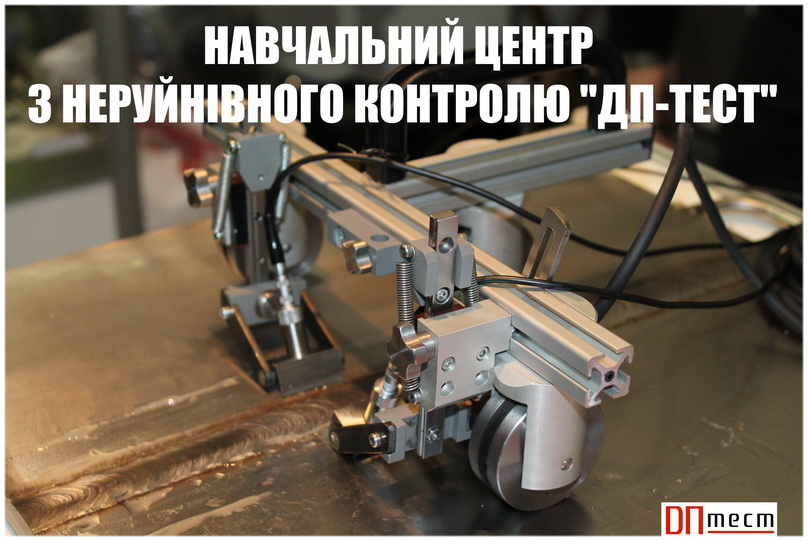The aim of the thesis project is to develop a model of an industrial robot, in particular its hardware for the implementation of the process of robotic sorting of objects in the machine and instrument engineering industry.
The thesis project analyses the current state of robotic sorting, namely, it identifies the need for the development of robotics in Ukraine, as it is currently at a very low level. A general structural diagram of the robotic sorting system has been developed, as well as a kinematic diagram of the industrial robot model, which defines its main geometric and functional parameters.
- Hits: 91








